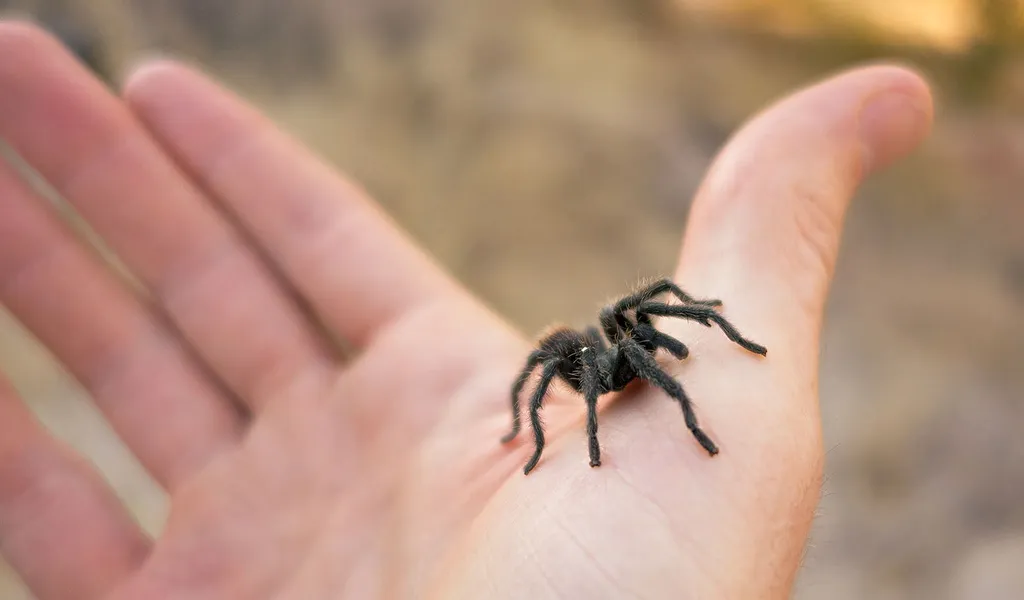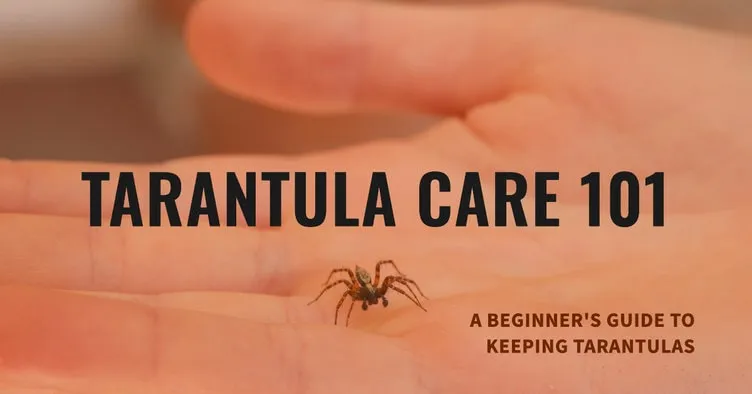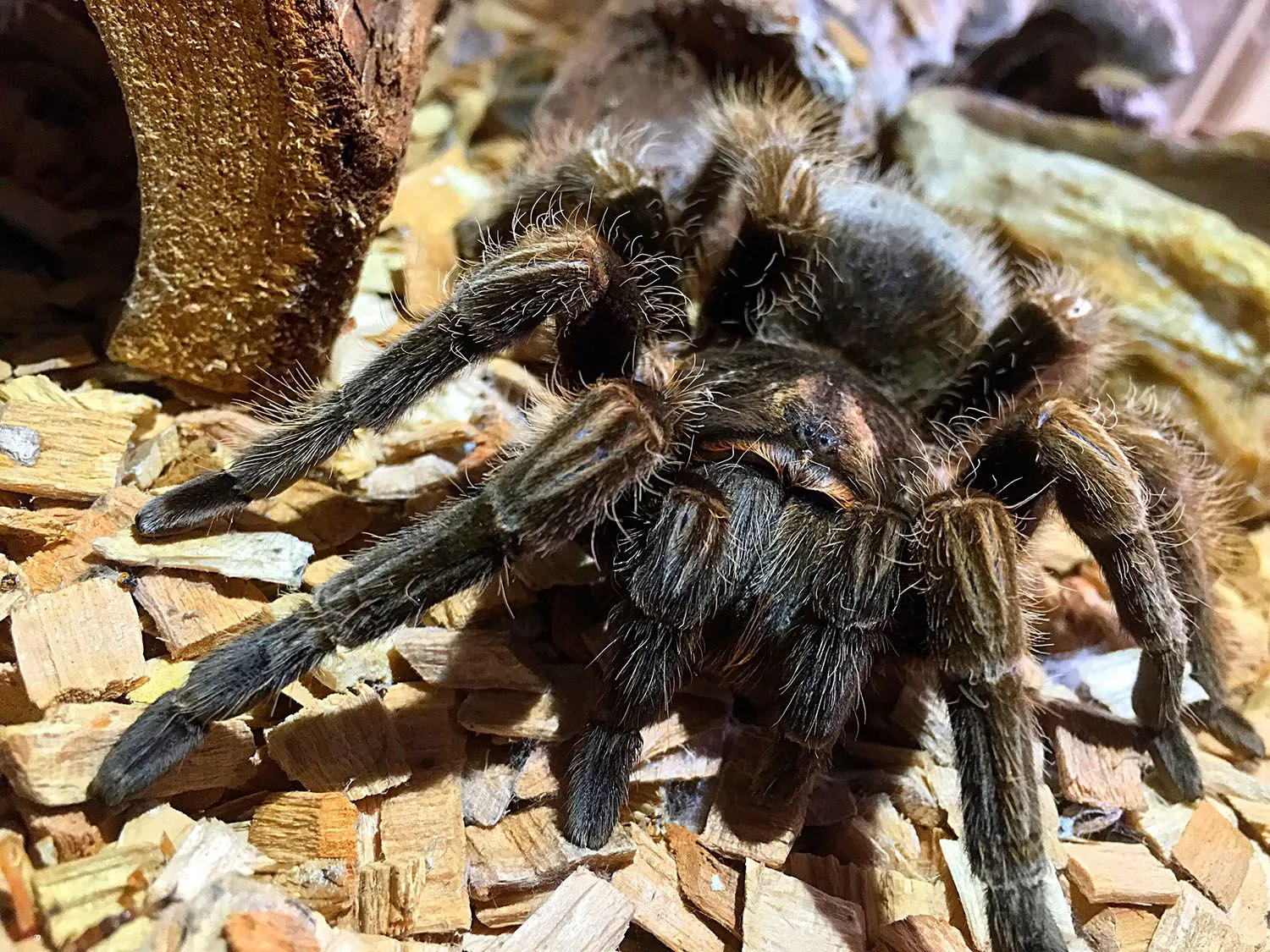Embarking on the journey of pet ownership can be incredibly rewarding, and few companions are as unique and fascinating as the pet tarantula. These arachnids, with their captivating appearance and relatively low-maintenance needs, are becoming increasingly popular among beginner pet owners. This comprehensive guide provides a beginner-friendly introduction to pet tarantulas, covering everything from choosing your first tarantula to providing the best possible care, ensuring both your tarantula’s well-being and your enjoyment of this extraordinary pet.
Choosing Your First Pet Tarantula
Selecting the right tarantula is crucial for a positive beginner experience. Some species are known for their docile temperaments and ease of care, making them ideal choices for newcomers. Researching and understanding the specific needs of each species is vital. Consider factors like size, venom potency (though most tarantulas have venom comparable to a bee sting), and temperament. Remember that some species are more skittish or defensive than others, which can influence your ability to handle them and interact with them safely. Additionally, it’s important to find a reputable breeder or supplier to ensure you are acquiring a healthy tarantula.
Popular Tarantula Species for Beginners
Several tarantula species are well-suited for beginners due to their generally calm disposition and manageable care requirements. The Chilean Rose Hair Tarantula (Grammostola rosea) is a classic choice, known for its docile nature and tolerance. The Mexican Red Knee Tarantula (Brachypelma hamorii) is another excellent option, recognized for its striking colors and relatively slow movement. Other species to consider include the Curly Hair Tarantula (Tliltocatl albopilosus), which is known for its gentle temperament and hardiness, and the Pinktoe Tarantula (Avicularia avicularia), known for its arboreal habits, requiring slightly different housing and care techniques, but manageable for beginners.
Understanding Tarantula Temperament

Understanding tarantula temperament is critical for safe and enjoyable ownership. Tarantulas are not social creatures and generally prefer to be left alone. While some species are more tolerant of handling than others, it’s essential to approach handling with caution. Tarantulas may exhibit defensive behaviors, such as flicking urticating hairs (tiny, irritating hairs) or biting, especially when they feel threatened. Observe your tarantula’s behavior to gauge its comfort level. A calm tarantula will often sit still, while a stressed one might posture aggressively or try to escape. Always wash your hands thoroughly before and after handling to avoid transferring oils or contaminants.
Setting Up a Tarantula Enclosure
Creating the right environment for your tarantula is essential for its health and happiness. A well-designed enclosure provides a secure and comfortable habitat, mimicking the tarantula’s natural environment. The enclosure should be large enough for the tarantula to move around and exhibit natural behaviors. The key components include the correct size, substrate, hides, and maintaining appropriate temperature and humidity levels.
Choosing the Right Tank Size
The size of the enclosure should be proportional to the tarantula’s size. A good rule of thumb is to provide a tank that is at least three times the tarantula’s leg span in width. For terrestrial species, the tank should be wider than it is tall, while arboreal species require taller enclosures to accommodate their climbing behavior. Make sure the enclosure has a secure lid to prevent escapes. Consider the tarantula’s adult size when selecting an enclosure, as they will grow throughout their lifespan. Starting with a smaller enclosure and upgrading as the tarantula grows can be beneficial.
Substrate Selection and Depth

The substrate is the material that lines the bottom of the enclosure and provides a comfortable surface for the tarantula. The appropriate substrate also helps to maintain humidity levels and provides a place for the tarantula to burrow, if it’s a species that does so. Suitable substrate options include coconut fiber, peat moss, or a mixture of both. The depth of the substrate should be sufficient for burrowing species, typically several inches deep. For terrestrial species, provide enough substrate to allow the tarantula to burrow and create a secure hide. Always ensure the substrate is free of pesticides or other harmful chemicals. Regularly monitor the substrate for cleanliness and replace it as needed to prevent the buildup of waste and mold.
Providing Hides and Decor
Tarantulas are naturally secretive creatures and need a safe place to retreat. Providing hides is essential for reducing stress and allowing them to feel secure. Suitable hides include cork bark, artificial caves, or even repurposed items like plastic plant pots. The hide should be appropriately sized for the tarantula, allowing it to fully retreat inside. Decorate the enclosure with other natural elements like branches or artificial plants to create a more enriching environment. Avoid using anything that could be toxic or that could trap the tarantula. Ensure the enclosure is well-ventilated to prevent the build-up of humidity and mold.
Maintaining Optimal Temperature and Humidity
Temperature and humidity are crucial factors in tarantula care. Most species thrive in temperatures between 75-85°F (24-29°C). Use a thermometer to monitor the temperature inside the enclosure. Humidity requirements vary depending on the species. Terrestrial species generally require lower humidity levels (50-60%), while arboreal species need higher humidity (70-80%). Use a hygrometer to monitor humidity levels. To increase humidity, mist the enclosure with water regularly, or provide a water dish. Ensure good ventilation to prevent mold growth, especially in higher-humidity setups. Adjust temperature and humidity based on the specific needs of your tarantula species.
Feeding Your Pet Tarantula

Feeding your tarantula is a straightforward process, but it’s important to get it right to ensure your pet stays healthy. The type of food, the frequency of feeding, and portion sizes depend on the tarantula’s size and species. It’s best to offer live insects. The availability of fresh water is also crucial for their well-being, and it’s a good idea to have a shallow dish of fresh water available at all times.
What to Feed Your Tarantula
Tarantulas are primarily insectivores. Suitable food items include crickets, mealworms, dubia roaches, and other commercially available insects. The size of the prey should be appropriate for the tarantula, generally no larger than the tarantula’s body size. Varying the diet with different insects can provide a more balanced nutritional intake. Before feeding, gut-load the insects with nutritious food like vegetables and commercial cricket food. Remove any uneaten prey within 24 hours to prevent them from bothering your tarantula.
Feeding Frequency and Portion Sizes
Feeding frequency depends on the tarantula’s age and species. Juvenile tarantulas often need to be fed more frequently than adults. Young tarantulas can be fed every other day, while adults might only need to be fed once or twice a week. The amount of food to offer depends on the tarantula’s appetite and the size of the prey. Observe your tarantula to gauge its feeding habits. If it consistently refuses food, it might be close to molting, or there could be other issues. Avoid overfeeding, as this can lead to health problems. Provide a water dish with fresh water at all times.
Watering Your Tarantula

Fresh water is essential for your tarantula’s survival. Provide a shallow water dish with fresh water at all times. The dish should be small enough to prevent the tarantula from drowning but large enough for it to drink from. Regularly check the water dish and refill it as needed, especially as the water evaporates. In some cases, particularly for arboreal species, misting the enclosure can provide extra moisture and encourage drinking. Ensure that you use dechlorinated water to avoid harming your tarantula.
Handling and Interaction
Tarantulas are not typically pets that enjoy being handled, and handling should be approached with caution. While some tarantulas are more docile than others, all can be startled and potentially bite or flick urticating hairs as a defense mechanism. Careful consideration and adherence to safety protocols are essential when considering handling your tarantula.
When to Handle and When to Avoid
Generally, it’s best to avoid handling tarantulas unless absolutely necessary, such as for enclosure cleaning or health checks. If handling is necessary, do so in a safe and controlled environment, such as close to the floor. Avoid handling your tarantula if it appears stressed, is in premolt, or has recently molted. Observe your tarantula’s behavior. If it’s exhibiting defensive postures or appears agitated, it’s best to leave it alone. Some species are more tolerant of handling than others, but it’s important to always prioritize your safety and the tarantula’s well-being.
Safety Precautions

If you decide to handle your tarantula, take several safety precautions. Always wash your hands before and after handling. Handle the tarantula over a soft surface, such as a bed or a carpet, in case it falls. Avoid sudden movements and handle the tarantula gently. Be aware of the tarantula’s urticating hairs, which can cause skin irritation. If the tarantula flicks hairs, avoid touching your face or eyes and wash the affected area thoroughly. Educate yourself about your specific tarantula species, as some species have more potent venom or are more prone to defensive behaviors than others. If bitten, seek medical attention, especially if you experience severe symptoms.
Common Health Issues and Care
Like any pet, tarantulas can experience health issues. Understanding common problems and how to address them is critical to ensuring your tarantula’s longevity and well-being. Regular observation and preventative care are essential.
Moulting and What to Expect
Moulting is a natural process where the tarantula sheds its exoskeleton to grow. During this time, the tarantula may stop eating, become less active, and appear to be darker in color. Provide a humid environment and avoid handling the tarantula during this period. The process can take several hours or even days. After moulting, the tarantula will be more vulnerable, as its new exoskeleton will be soft. Avoid feeding the tarantula for a week or two until its fangs have hardened. A successfully moulted tarantula will reveal a new, vibrant exoskeleton.
Recognizing Signs of Illness

Knowing how to spot signs of illness is crucial. These can include loss of appetite, lethargy, unusual posture, or changes in color. Other signs include difficulty walking, tremors, or the presence of mites or other parasites. If you notice any of these symptoms, consult an experienced tarantula keeper or a veterinarian who specializes in exotic pets. Early detection and treatment can improve the chances of a successful recovery. Always isolate sick tarantulas from healthy ones to prevent potential spreading of diseases.
Dealing with Parasites and Pests
Tarantulas can be susceptible to parasites and pests, such as mites and phoretic mites. Mites are tiny, often red or black, and can infest the tarantula and its enclosure. Phoretic mites attach themselves to the tarantula and are often harmless, but if present in large numbers, can be a nuisance. Preventative measures include maintaining a clean enclosure, quarantining new additions, and regularly inspecting the tarantula for any signs of infestation. Treat infestations promptly using appropriate methods, such as removing the affected substrate and cleaning the enclosure, or using a mite-specific treatment under the guidance of an expert.
The Benefits of Owning a Pet Tarantula
Owning a pet tarantula offers a unique and rewarding experience, providing various benefits that go beyond the novelty of having an exotic pet. These creatures can be a source of fascination, stress relief, and educational opportunities.
Educational Value

Tarantulas provide excellent opportunities for learning. Observing their behavior, understanding their life cycle, and learning about their role in the ecosystem can be highly educational, especially for children. They offer insights into the world of invertebrates, arachnids, and the delicate balance of nature. Keeping a tarantula can spark interest in biology, zoology, and conservation. It can also teach valuable lessons about responsibility and the importance of caring for living creatures.
Stress Relief
The simple act of observing a tarantula can be surprisingly calming. Watching them go about their daily routines, hunting, or simply existing, can be a form of meditation. The low-maintenance nature of tarantula care can also provide a sense of tranquility, offering a break from the demands of more high-energy pets. Caring for a tarantula can provide a sense of routine and responsibility, adding structure to daily life. The unique nature of these pets can also be a good conversation starter and a source of fascination.
Unique Pet Companionship
While tarantulas may not offer the same type of interaction as other pets, they provide a unique form of companionship. Their distinctive appearance and intriguing behaviors make them fascinating pets. Caring for a tarantula can be a fulfilling experience, fostering a sense of connection and responsibility. They require less active interaction than some other pets, making them ideal for individuals with busy lifestyles or those seeking a more low-key pet. Their longevity also means you can enjoy their presence for many years, adding to the enjoyment of owning a pet tarantula.
In conclusion, owning a pet tarantula can be a fulfilling experience for beginners. By following this guide and providing the right care, you can enjoy the unique companionship and fascinating behaviors of these amazing creatures. Always do your research, prioritize safety, and provide a suitable environment to ensure the well-being of your pet tarantula.
